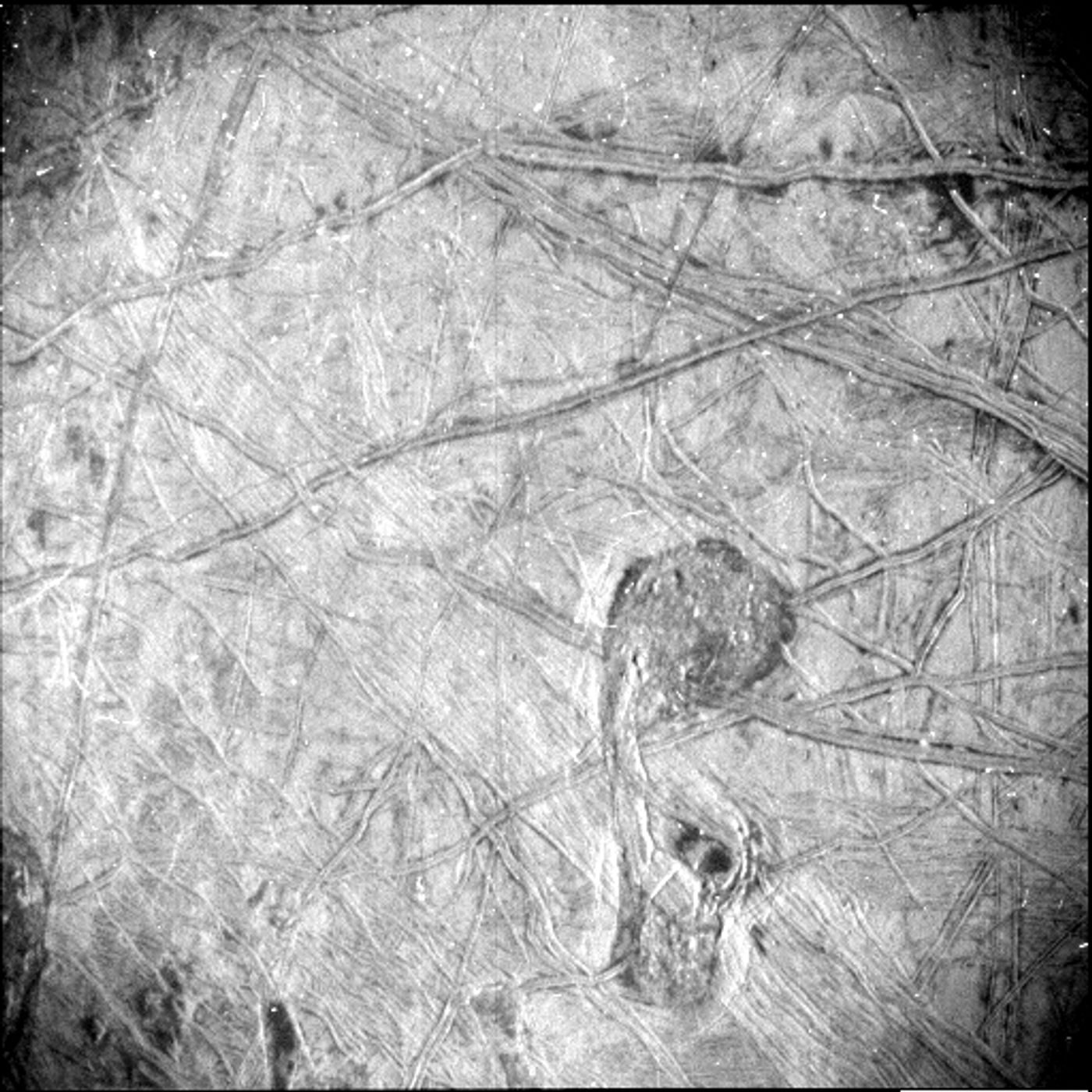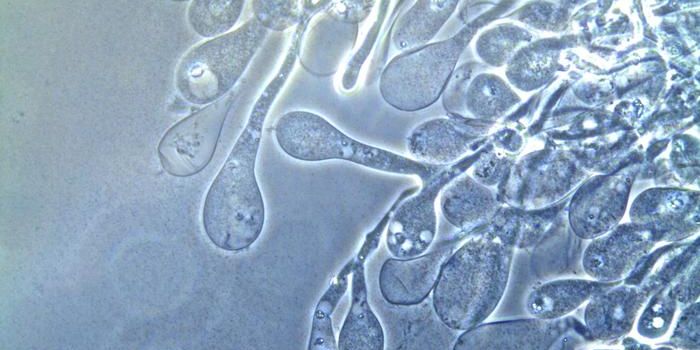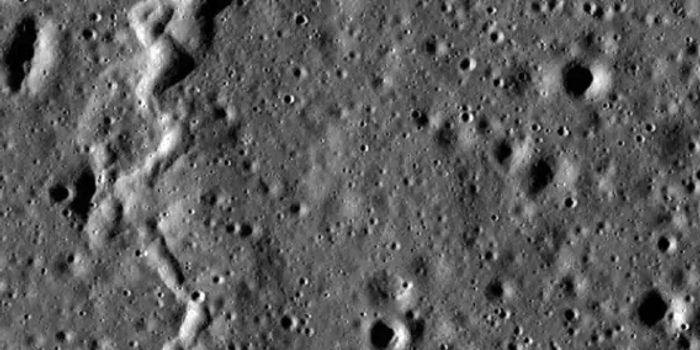NASA's Juno Spacecraft Obtains Images of Jupiter's Moon Europa
NASA’s Juno spacecraft was designed to study the interior and origins of Jupiter, and has been in orbit around Jupiter since 2016. The spacecraft is also taking observations of the moons of Jupiter during its orbit. Recently, Juno passed by Europa, snapping images and providing the first close-up view in over two decades. You can find out where Juno is currently located by visiting NASA’s interactive Eyes on the Solar System.
Juno’s Stellar Reference Unit (SRU) is a camera mounted on the spacecraft. Although SRU’s intended use was to help orient the spacecraft, it has also proven itself to be an extremely valuable science tool as well. Thus far, it has discovered lightning in Jupiter’s atmosphere, it has imaged Jupiter’s ring system, and now it has provided a high-resolution look at important geologic formations on the surface of Europa.
The image of Europa’s surface was captured during Juno’s flyby on September 29, 2022, where it was actually nighttime on the moon, but the surface of the moon is illuminated by “Jupiter shine” – or sunlight reflecting off the cloud tops of Jupiter. The image covers about 93 miles (150 kilometers) by 125 miles (200 kilometers) of Europa’s surface and the resolution of the image ranges from 840-1,115 feet (256-340 meters) per pixel.
The moon’s heavily fractured icy crust is seen in the image; it is crisscrossed with many grooves and double ridges – or pairs of long parallel lines which indicate elevated features in the icy crust. There are darker regions in the image that may be linked to something from below the icy layer erupting onto the surface. White dots in the image are signatures of penetrating high-energy particles from the extreme radiation environment around Europa.
These geologic features are extremely interesting to scientists and they hope to be able to understand how internal and external processes shape this icy crust. It is believed that a salty ocean lies beneath this miles-thick icy shell. This salty ocean could be host to life forms. In the early 2030’s, NASA’s Europa Clipper spacecraft will arrive at Europa and try to answer these questions about the icy crust, the hidden ocean, and the potential for life. The data obtained by the Juno mission is just a preview of what that mission will reveal.
Source: Jet Propulsion Laboratory









